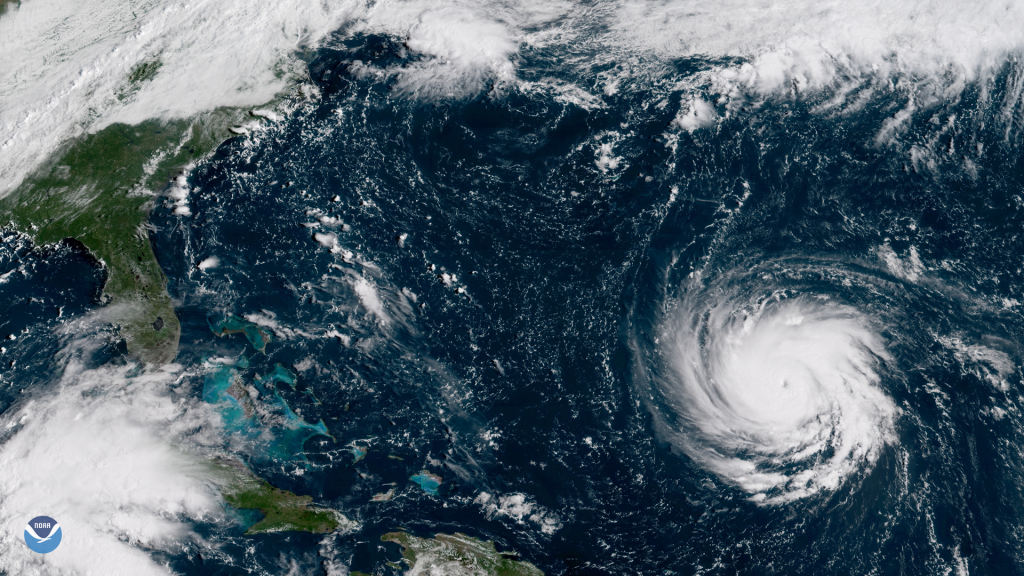As climate change drives more intense storms, hurricane-related costs in the United States have increased 1,100% since 1980, and the population of counties prone to hurricane damage has increased at least 22% faster than the overall U.S. population has grown.
State governments must prioritize rebuilding better and investing in climate resilience now to avoid the skyrocketing costs of future disasters. Every $1 invested to mitigate a disaster saves $6 in recovery. Read More










